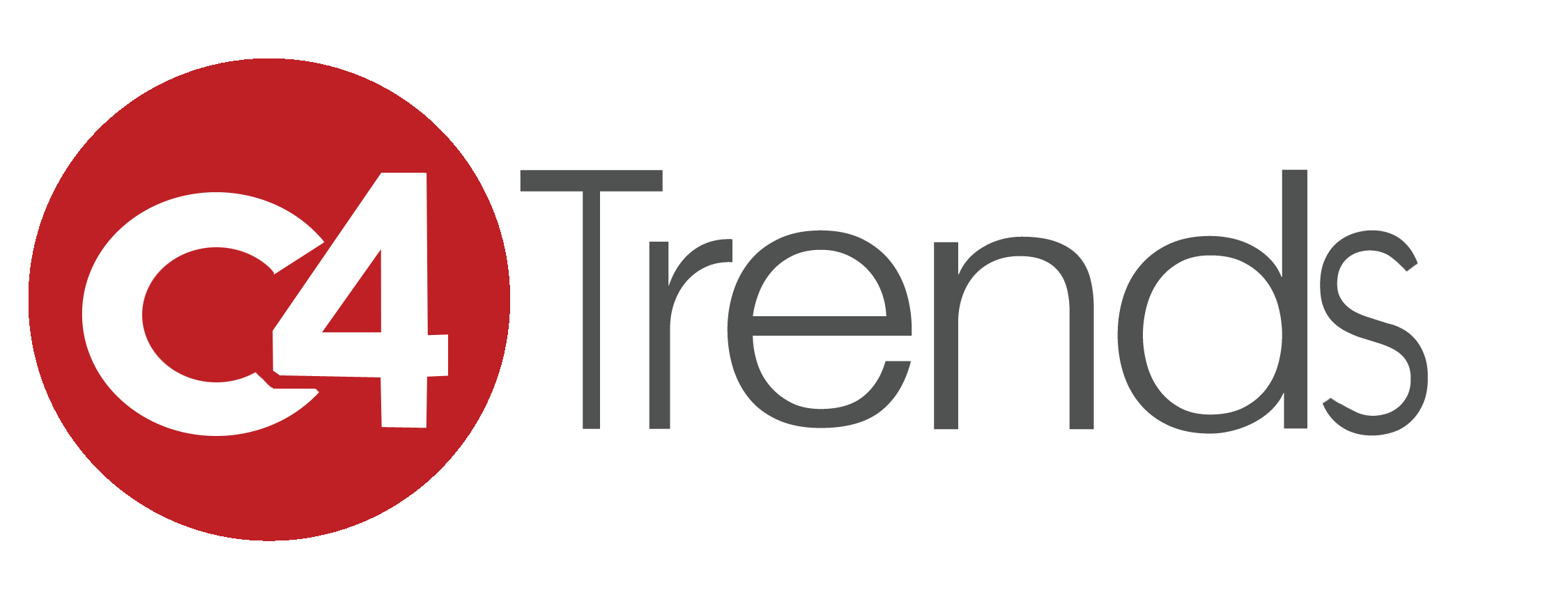California became the latest state in the country to require media literacy instruction at every grade level last fall, and the Instructional Quality Commission has begun to slowly roll out a curriculum framework on the topic, while the Golden State will also consider how to incorporate it into English language arts, math, science, history and social science lessons.
In addition, the framework will guide media literacy instruction as a way to help build critical thinking skills while “developing strategies to strengthen digital citizenship” for each student, according to the law.
It was in October that California Governor Gavin Newsom signed Assembly Bill 873 into law—making California the fourth state to institute such requirements for its students, joining New Jersey, Delaware and Texas.
Tech-Savvy Youth?
Though many kids today may show their elders how to operate the latest devices, the fact remains that children often don’t understand how media can be employed to spread misinformation. And it isn’t just kids who may be easily fooled—social media has made it possible to fool a lot of the people all of the time.
“In many ways, media literacy has never been more important given the ever-quickening rhythm of events and news cycles, and the dramatic rise in sites stoking hate, conspiracy theories, propaganda and misinformation,” added technology industry analyst Susan Schreiner of C4 Trends. “Discerning fact and truths from fiction and untruths is threatening our basic wellbeing on a personal basis as well as within the context of the greater society.”
Schreiner further cited a 2018 MIT study on the spread of false information on X—the social media platform formerly known as Twitter—as the study found that fake news stories were 70 percent more likely to be retweeted than true news stories.
“Media literacy has emerged as an essential life skill—as we increasingly live in a complex digital society,” Schreiner warned. “AI together with media technology is reshaping how we learn, play, interact, communicate and engage with one another. Starting at an impressionable age, students need to learn how to extract information from various forms of communications, and discern what is legitimate news.”
The Future Skeptics?
In many ways, media literacy training needs to go hand-in-hand with other skills and information that is being taught to students.
“Students need to increase their knowledge of the outside world, and learn how to ask hard questions and like an attorney they need to become interrogators of information,” said Schreiner. “While we currently live in times of increasing political polarization, eroding trust in mainstream media and institutions, the rise of artificial intelligence products, and a tendency to dismiss any information one doesn’t agree with—any do agree that the ability to critically evaluate information is a vital subject for schools.”
This could come down to understanding fact-checking in terms of professional journalism practices and ethical media standards to verify the news has also never been more relevant.
“It’s a throwback to understanding: who, what, where, when, why and how,” Schreiner continued. “It is about protecting our children by empowering them with the skills and knowledge to be safe and healthy in both real-life and in their digital worlds.”
Teaching the youth the new skill of media literacy could hopefully lead to more literate adults who are capable of discerning fact from fiction. Yet, there is still much work ahead.
“The states moving towards including this in their curricula are making good first steps,” said Lampe. “My hope is that they are guided by some of the excellent work others have done in this space. In particular, the American Library Association has some great guides on media and information literacy that have been rigorously reviewed and tested. Other groups also have done work in this space. My hope is also that the states including media literacy training choose methodological vs. ideological mechanisms.”

